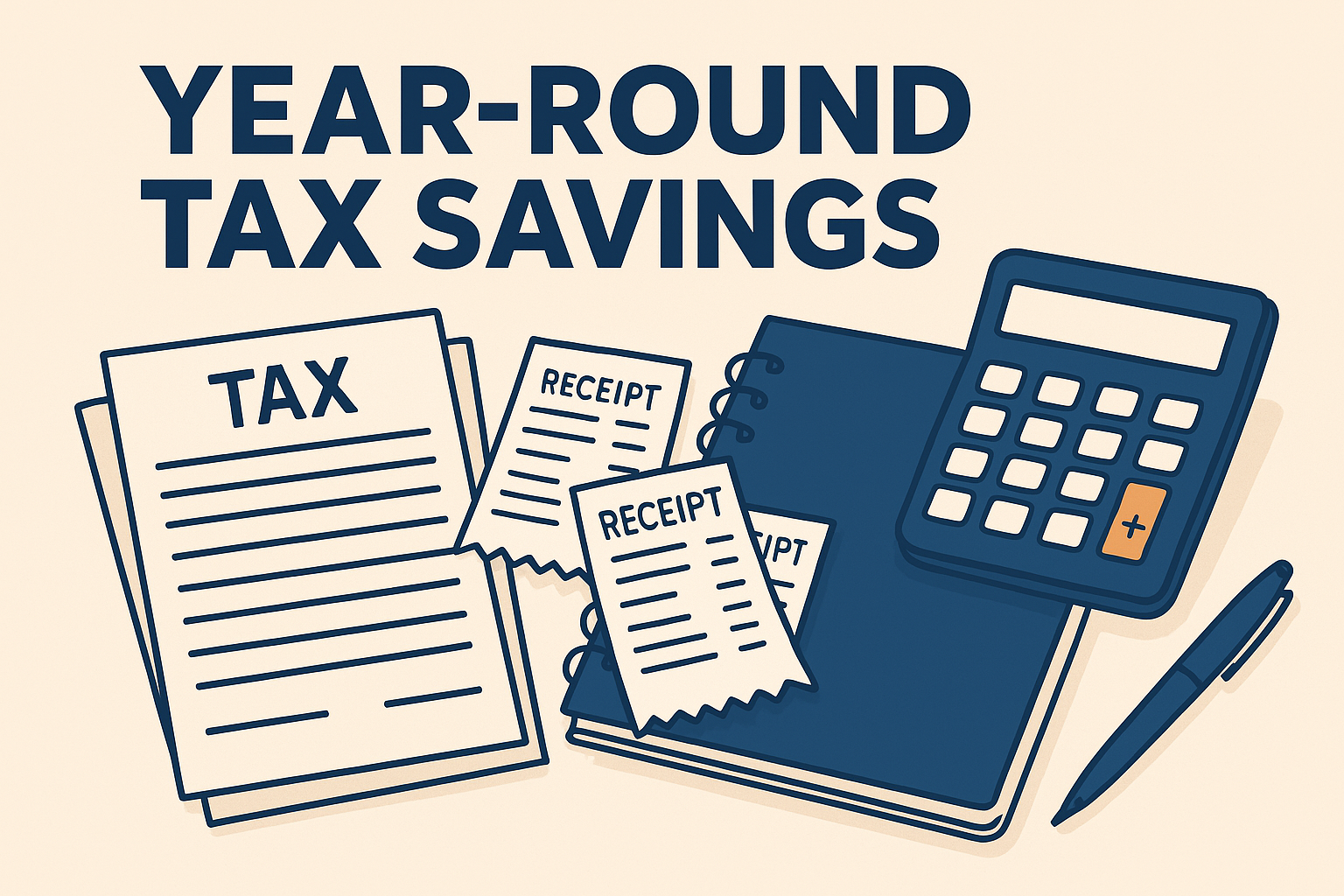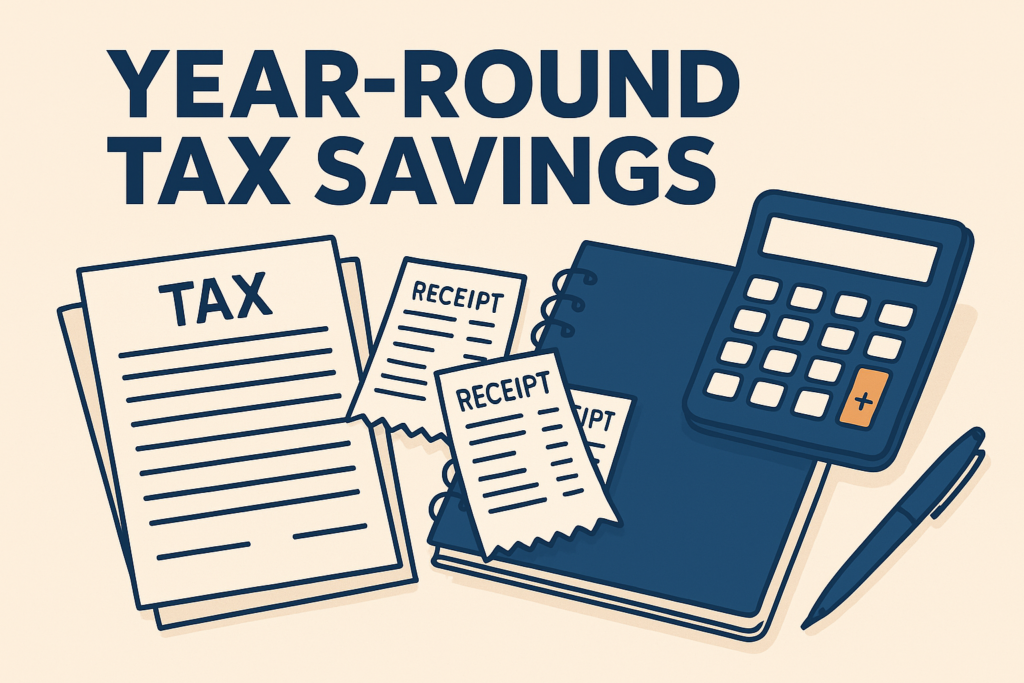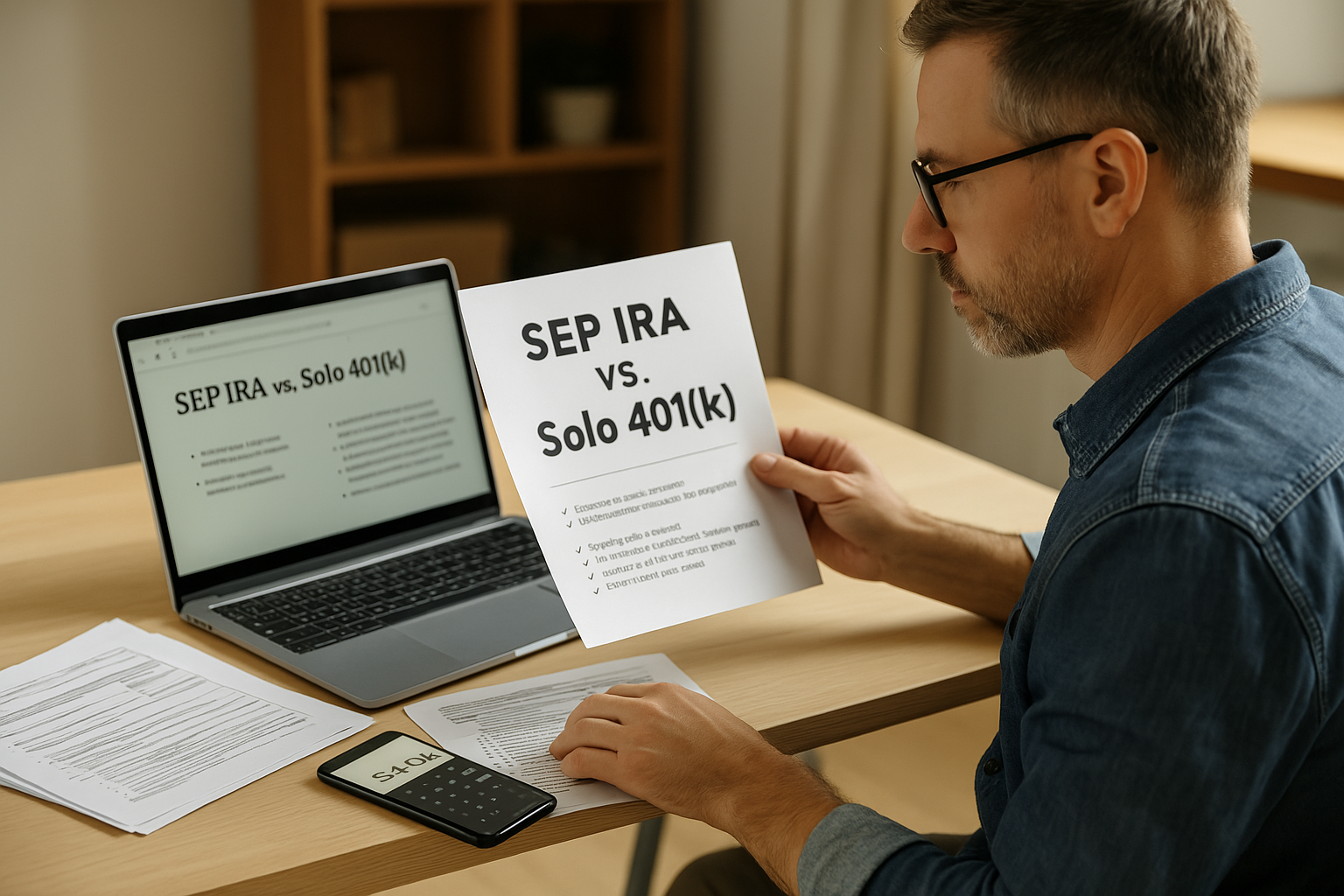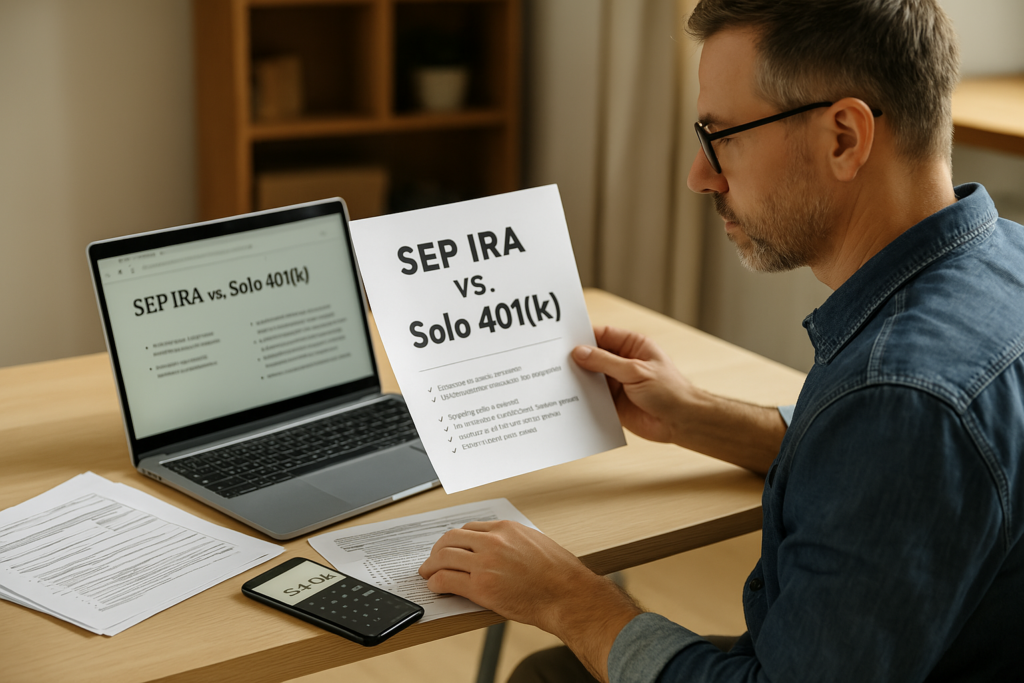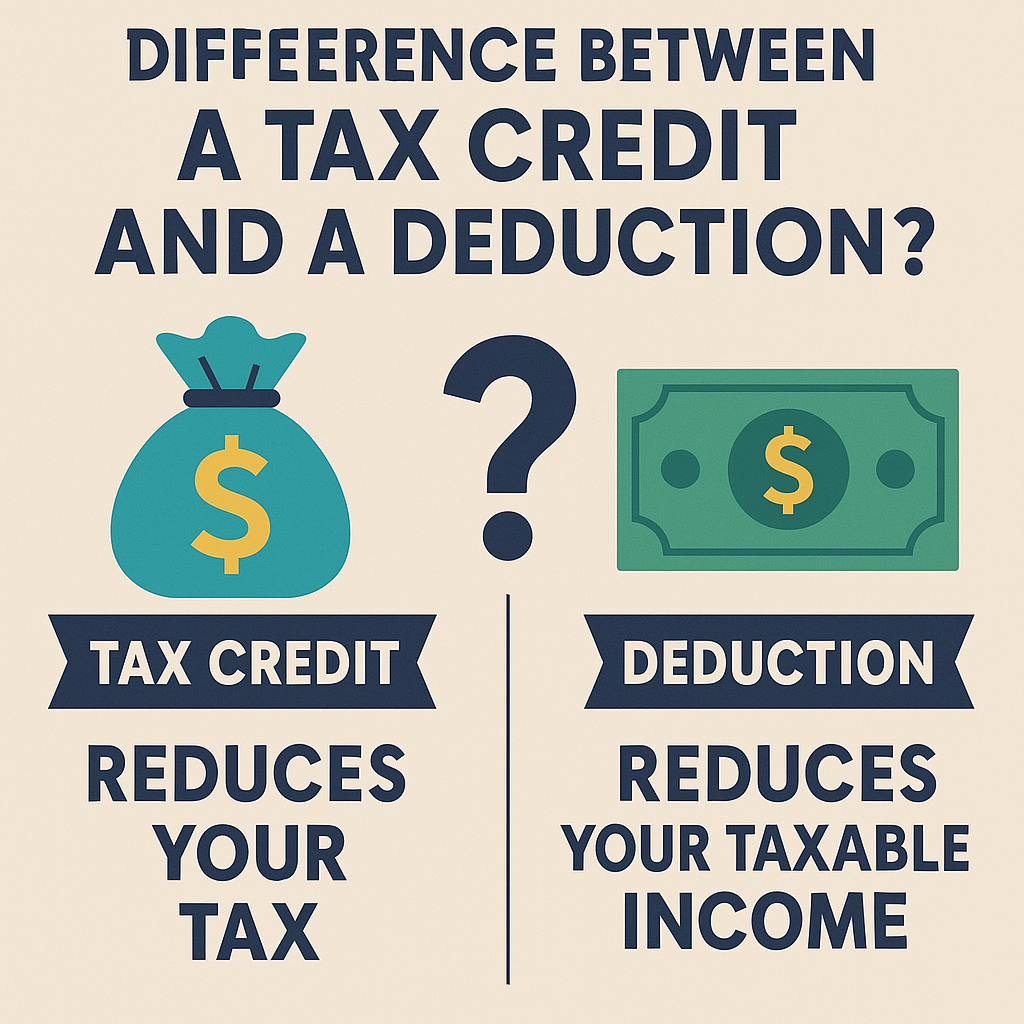
How Small Business Owners Can Reduce Their Tax Burden
As a small business owner, knowing how to reduce your 1040 tax burden can help you save money and reinvest in your business. Here are proven tax-saving strategies that entrepreneurs and freelancers can use.
1. Maximize Business Expense Deductions
✅ Home Office Deduction – If you use part of your home exclusively for business, you may deduct a portion of rent, utilities, and internet.
✅ Business Vehicle Deduction – Keep a mileage log to claim standard mileage or actual car expenses.
✅ Office Supplies & Equipment – Computers, software, and business-related subscriptions are deductible.
🔗 Related: Year-Round Tax-Saving Strategies
2. Choose the Right Business Structure
✅ Sole Proprietorship – Simplest but offers no legal protection.
✅ LLC (Limited Liability Company) – Helps separate business and personal assets.
✅ S-Corporation (S-Corp) – Can reduce self-employment taxes by paying yourself a salary and taking distributions.
🔗 Related: IRS Forms & Where to Find Them
3. Contribute to a Self-Employed Retirement Plan
✅ SEP IRA – Contribute up to 25% of your net income, reducing taxable income.
✅ Solo 401(k) – Contribute as both employer and employee, with limits up to $69,000 ($76,500 if 50+).
✅ Traditional IRA – Contributions are tax-deductible, lowering taxable income.
🔗 Related: How 2025 Contributions to IRA & 401(k) Can Reduce 2024 Taxes
4. Pay Estimated Taxes to Avoid Penalties
🚨 Self-employed taxpayers must pay quarterly estimated taxes (April, June, September, January).
🚨 Underpayment can result in IRS penalties.
✅ Use IRS Form 1040-ES to calculate and submit estimated tax payments.
🔗 Related: IRS Tax Filing Deadlines & Extensions
5. Take Advantage of Business Tax Credits
✅ R&D Tax Credit – For businesses investing in research and development.
✅ Work Opportunity Tax Credit (WOTC) – If hiring from certain targeted groups.
✅ Employee Retention Credit (ERC) – Helps businesses that retained employees during economic hardship.
🔗 Related: Your Guide to Tax Credits & Deductions
Final Thoughts
Reducing your small business tax burden requires smart planning, tracking deductions, and utilizing available credits. These strategies can help minimize your tax liability and maximize profits.
🚀 Next Steps:
- Keep detailed expense records year-round.
- Consider a retirement savings plan for tax benefits.
- Ensure estimated taxes are paid on time to avoid penalties.
🔗 Need more tax guidance? Visit our Tax-Saving Blog & Expert Insights.


